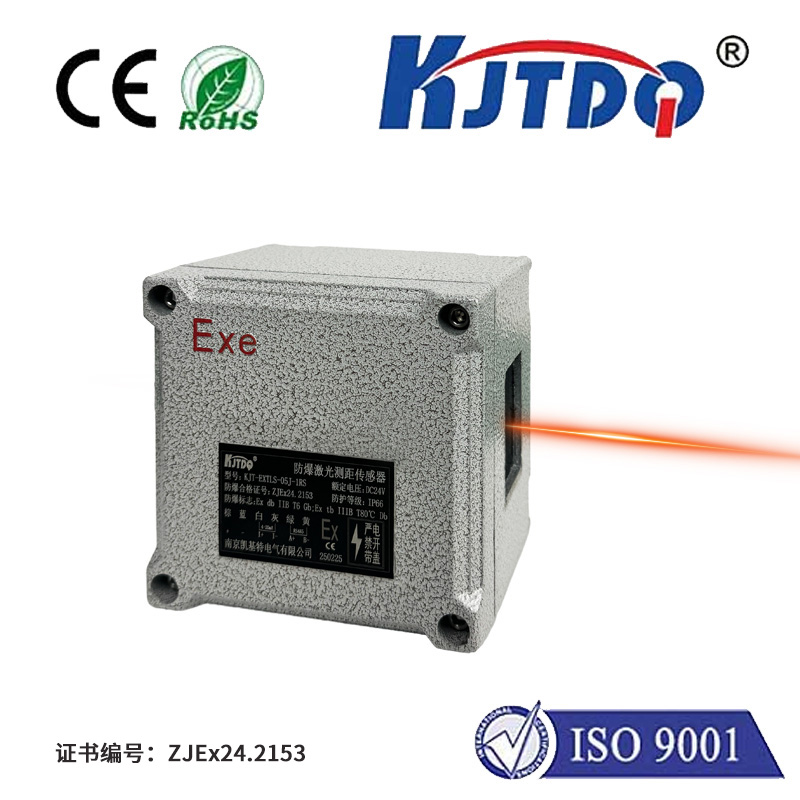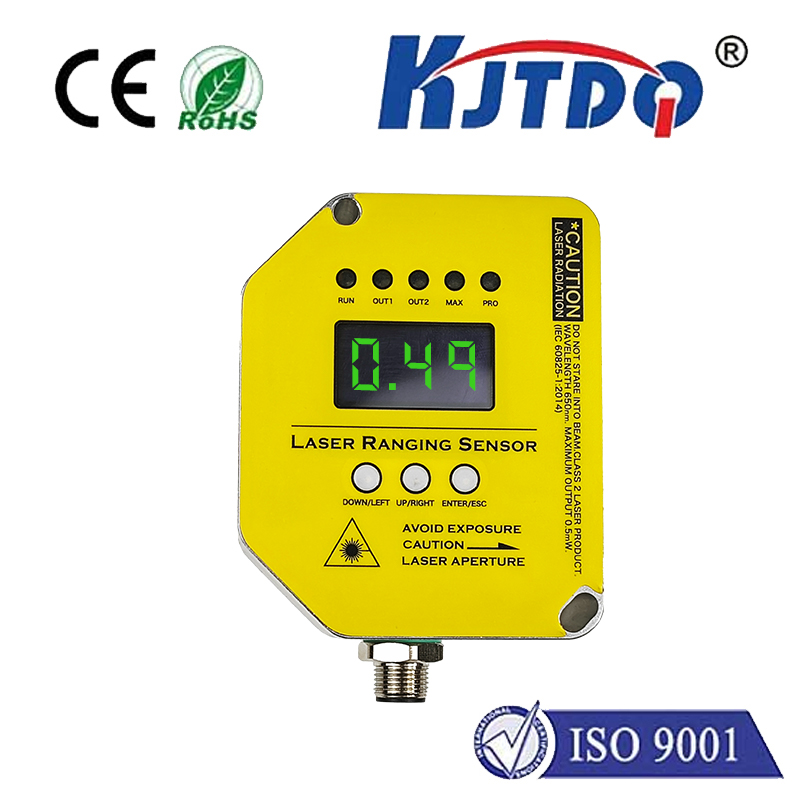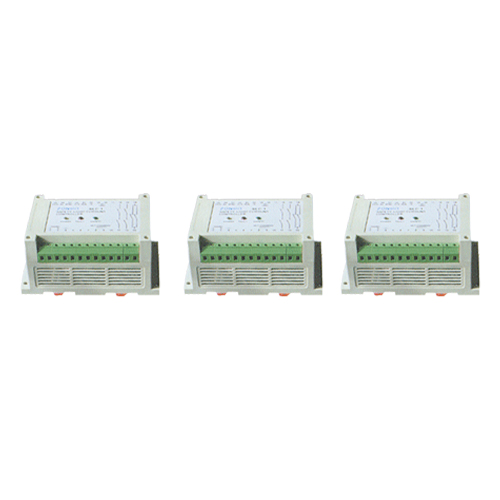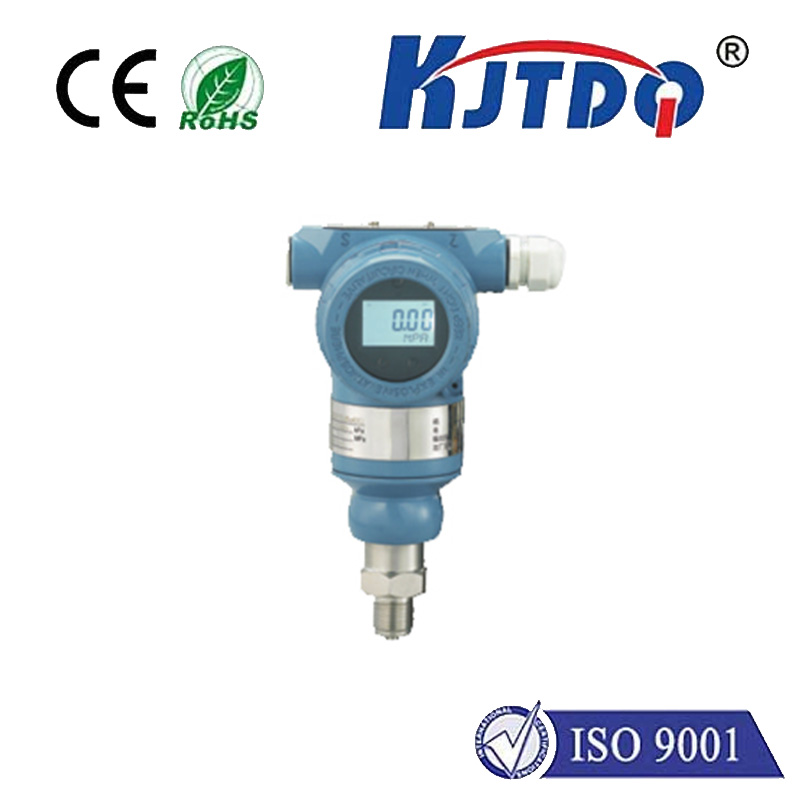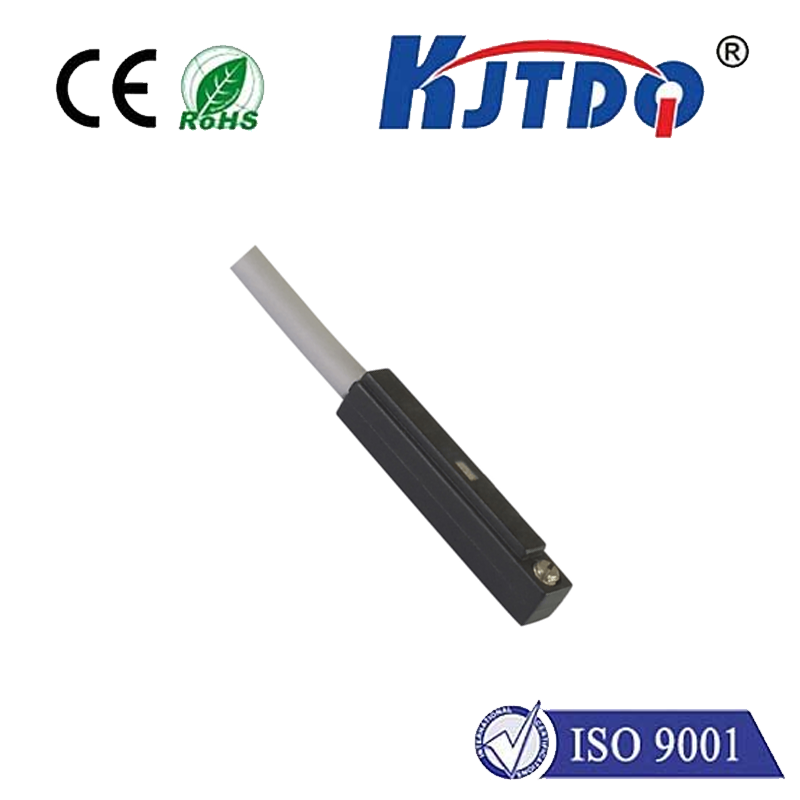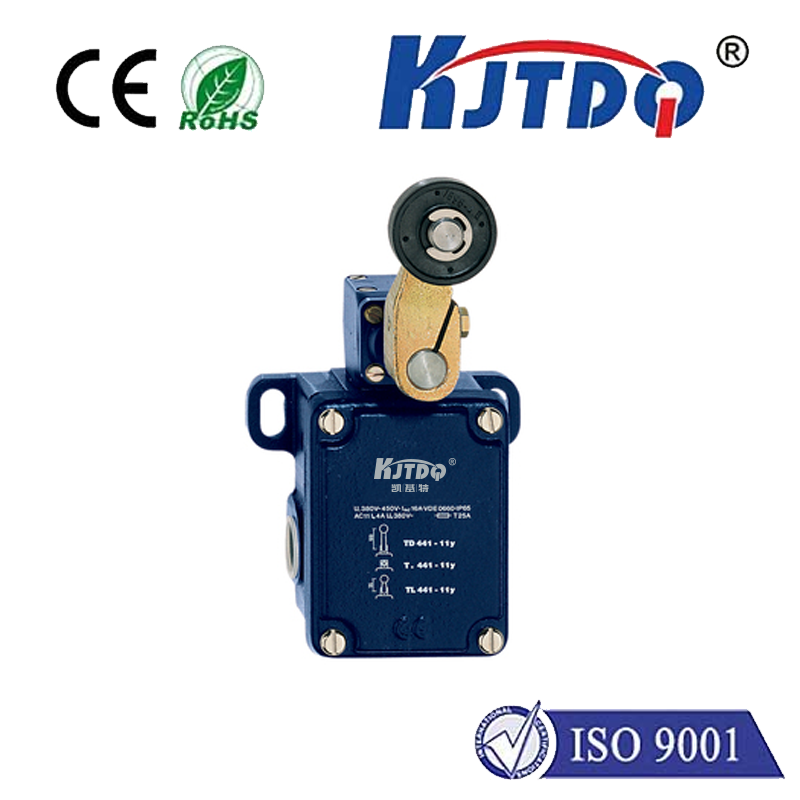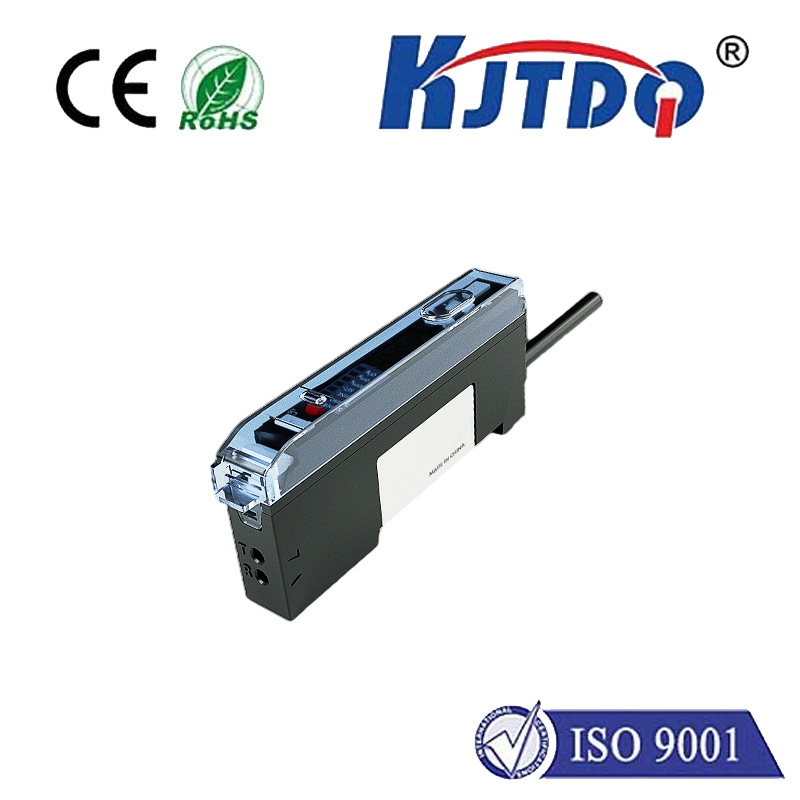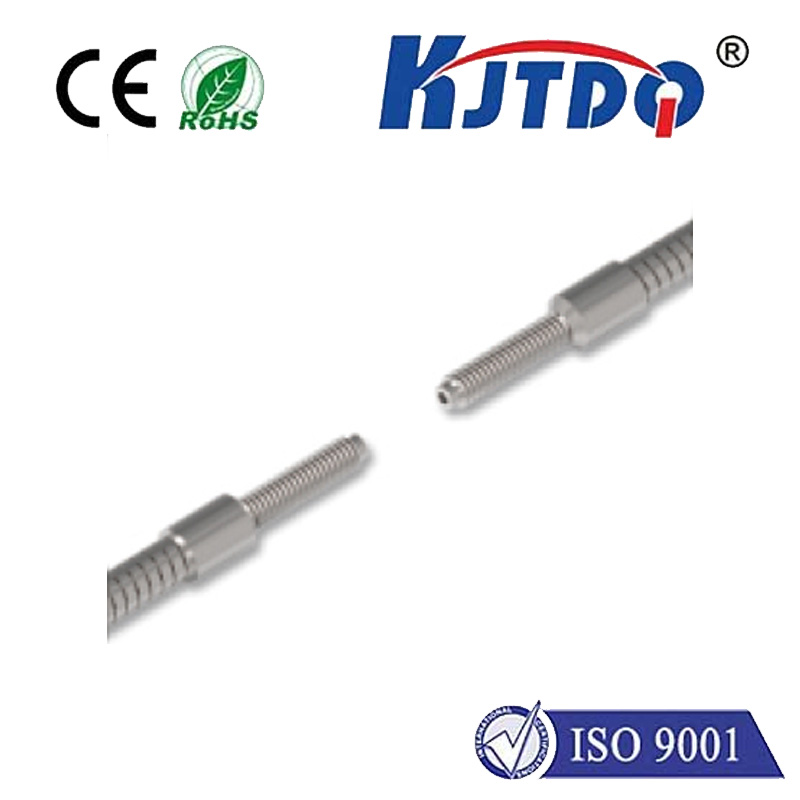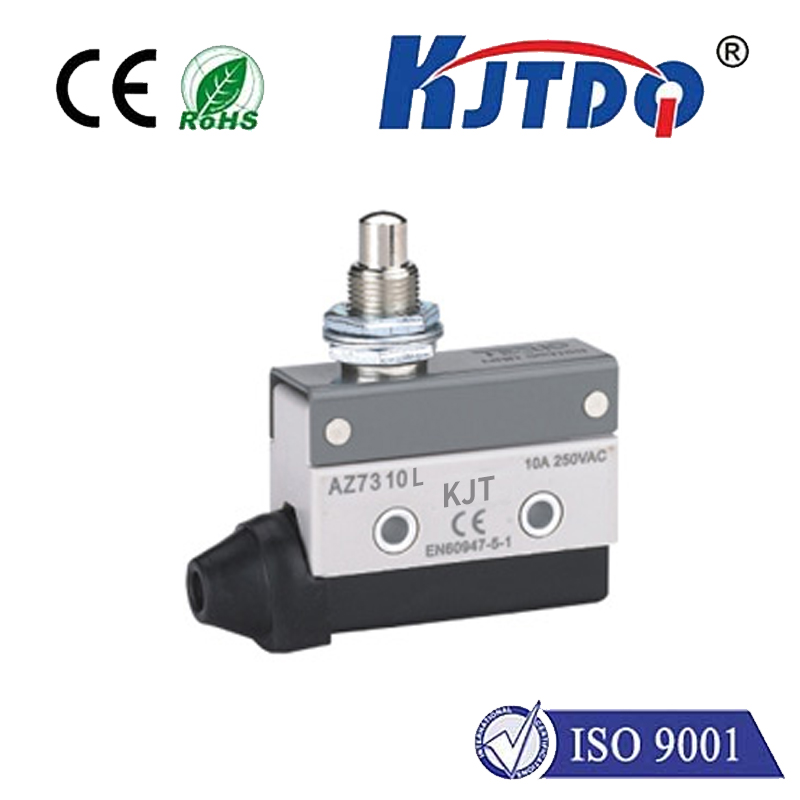

check

check

check

check
Optical Fiber Sensors: A Key Innovation in Modern Sensing Technology
Optical fiber sensors have become an essential component in modern sensing technology, offering unique advantages over traditional sensors. Among the various types of optical fiber sensors, the FU-67TG stands out as a high-performance, reliable solution for a wide range of applications. This article explores the features, benefits, and applications of the FU-67TG optical fiber sensor, highlighting how it is revolutionizing the field of sensing technology.
The FU-67TG is a compact, high-accuracy optical fiber sensor designed for use in harsh environments. It utilizes fiber optics to detect physical parameters such as strain, temperature, and pressure. Unlike conventional sensors that often require complex wiring and are prone to signal interference, the FU-67TG offers a non-intrusive and robust solution that minimizes external influences. Its design allows for easy installation and maintenance, making it a versatile choice for both industrial and research applications.

One of the most significant advantages of the FU-67TG is its ability to operate in extreme conditions. Whether deployed in high-temperature environments, corrosive atmospheres, or high-vibration settings, the sensor maintains consistent performance. This reliability is crucial in industries such as aerospace, automotive, and energy, where precise and uninterrupted sensing is vital.
The FU-67TG also offers exceptional accuracy and sensitivity. The sensor uses advanced optical techniques, such as wavelength modulation and interferometry, to detect minute changes in physical parameters. This allows for precise measurements that are essential in applications requiring high-level monitoring and control. The sensor’s ability to provide real-time data makes it an ideal solution for automated systems and predictive maintenance.
In addition to its technical advantages, the FU-67TG is designed with user-friendliness in mind. Its intuitive interface and easy-to-read display make it accessible to a wide range of users, from engineers to technicians. The sensor’s modular design enables it to be adapted to various applications, from structural health monitoring to environmental sensing. This flexibility ensures that the FU-67TG can be tailored to meet the specific needs of different industries.
The FU-67TG is not just a sensor—it is a technological advancement that enhances the capabilities of modern sensing systems. Its integration with digital platforms and data analysis tools enables users to gain deeper insights into system performance and optimize operations. As industries continue to evolve, the adoption of advanced sensors like the FU-67TG will play a crucial role in driving innovation and efficiency.
In summary, the FU-67TG optical fiber sensor represents a significant leap forward in sensing technology. With its high accuracy, reliability, and adaptability, it is well-suited for a wide array of applications. As technology continues to advance, the future of sensing will be defined by such innovations that push the boundaries of what is possible.
